Reviewed by Corey Noles
You're settled into your couch for what you think will be a typical streaming session, when suddenly you're transported into the bowels of a corporate-controlled starship in the year 2120, surrounded by alien specimens. That's precisely what Disney+ just delivered with their latest Apple Vision Pro environment — and frankly, it's both impressive and deeply unsettling.
Starting July 24th, Disney+ subscribers can step inside the USCSS Maginot's Containment Room, the alien specimen viewing area from FX's upcoming "Alien: Earth" series. This marks Disney's sixth Vision Pro environment since launch and their first dive into mature sci-fi horror through spatial computing. Here's why this particular release signals something bigger than just another promotional gimmick.
Why this environment feels different from Disney's usual fare
Disney's previous Vision Pro environments have leaned heavily into the magical — think Tatooine sunsets and Avengers Tower views. The 'Alien: Earth' Containment Room represents Disney's first mature-rated spatial experience, testing whether horror and sci-fi benefit from immersive presentation.
Having tested all six of Disney's environments, the Containment Room stands out for its psychological complexity. While previous environments invited exploration and wonder, this one creates genuine unease. The environment drops you into the series' dystopian 2120 setting, where Earth is governed by five corporations: Prodigy, Weyland-Yutani, Lynch, Dynamic and Threshold. When you activate the environment, corporate logos pulse subtly in your peripheral vision while the ambient audio shifts to match the series' industrial soundscape.
The pulsing logos aren't just decoration—they mirror the series' theme of omnipresent corporate surveillance, making viewers complicit in the dystopian monitoring systems. After spending thirty minutes in this environment, the corporate atmosphere becomes genuinely uncomfortable—exactly as intended for a horror series exploring themes of synthetic consciousness and corporate control.
Here's the kicker: Premium bundle subscribers can stream the actual series (premiering August 12th) via Hulu on Disney+ while immersed in this containment room environment. Watching xenomorphs while sitting inside an actual alien specimen facility? That's commitment to the viewing experience that transforms passive viewing into environmental storytelling.
The technical wizardry that makes it work
Disney continues pushing spatial computing boundaries with their Universal Scene Description (USD) format, originally created by Pixar and now being standardized across the industry. The USD format enables real-time lighting that adapts to your physical space, so the corporate dystopia of 2120 casts appropriate shadows on your actual furniture.
The visual fidelity remains impressive thanks to the Vision Pro's 23 million pixel density, creating what Disney calls "presence-level" immersion — the kind that makes you forget you're wearing a headset. Jamie Voris, CTO of The Walt Disney Studios, revealed that Disney and Apple have been collaborating "for a few years" on this platform, and the technical foundation shows.
The spatial audio integration elevates the visual technology significantly. Move closer to the containment viewing window, and the industrial hum intensifies; step back toward the corridor entrance, and you'll hear the distant echo of the ship's ventilation systems. This dynamic audio response, combined with the visual adaptation, creates an environmental cohesion that makes the Containment Room feel genuinely inhabited rather than simply decorative.
Disney also released ultra-realistic images captured at 8,000 to 15,000 pixels that provide an unparalleled deep dive into the show's universe. These high-resolution spatial photos uniquely add depth and realism, available now with over 30 more releasing throughout the season.
What this means for the future of streaming
The 'Alien: Earth' environment signals Disney's confidence in spatial computing as a legitimate storytelling medium. Disney's steady rollout of Vision Pro environments — from Marvel and Star Wars to National Geographic and now 'Alien: Earth' — demonstrates that mixed reality content has moved beyond the tech demo phase.
The series, created by Emmy Award-winning Noah Hawley, explores themes of corporate control and synthetic consciousness that benefit from immersive presentation. When the mysterious USCSS Maginot crash-lands on Earth, viewers experience the discovery of the planet's greatest threat from inside the very ship that brought it here.
This environmental storytelling opens possibilities for interactive marketing where viewers could potentially influence narrative elements or access exclusive content by exploring different areas of the environment. Rather than traditional promotional material, spatial environments create immersive backstories that enhance rather than interrupt the viewing experience.
Disney has also announced an official companion podcast hosted by Adam Rogers, featuring exclusive interviews with the show's creator, cast, and crew. The podcast will be offered in spatial video, pairing audio with visually rich imagery for an immersive viewing experience that demonstrates how supplementary content can enhance spatial storytelling.
PRO TIP: The environment works on both Apple Vision Pro and Meta Quest, though the Containment Room specifically appears to be a Disney+ app exclusive for Vision Pro users.
Where spatial entertainment goes next
Disney CEO Bob Iger called the Vision Pro a "revolutionary platform" during Apple's 2023 WWDC keynote, and Disney's systematic approach to building content proves they meant it. The company has systematically tested different genres and content types, building a comprehensive library that showcases spatial computing's versatility.
Disney's systematic genre testing—from family-friendly Marvel to mature horror—provides a roadmap other studios are likely to follow, potentially leading to platform-exclusive content wars similar to traditional streaming. The success of environments like the Alien: Earth Containment Room suggests that spatial computing can enhance storytelling across demographic boundaries, not just appeal to tech enthusiasts or family audiences.
The timing with the August 12th premiere demonstrates how spatial environments can enhance traditional content launches without feeling like afterthoughts. With The Alliance for OpenUSD actively working to standardize these formats across the industry, broader adoption seems inevitable—and Disney's early investment positions them as the content leader when that standardization arrives.
For Vision Pro users able to transform their space into these detailed worlds, we're seeing the early stages of what entertainment might look like when physical and digital boundaries blur completely. The 'Alien: Earth' environment represents Disney's bet that mature content can find its audience in mixed reality — and judging by the technical execution and narrative integration, that bet is looking increasingly solid.




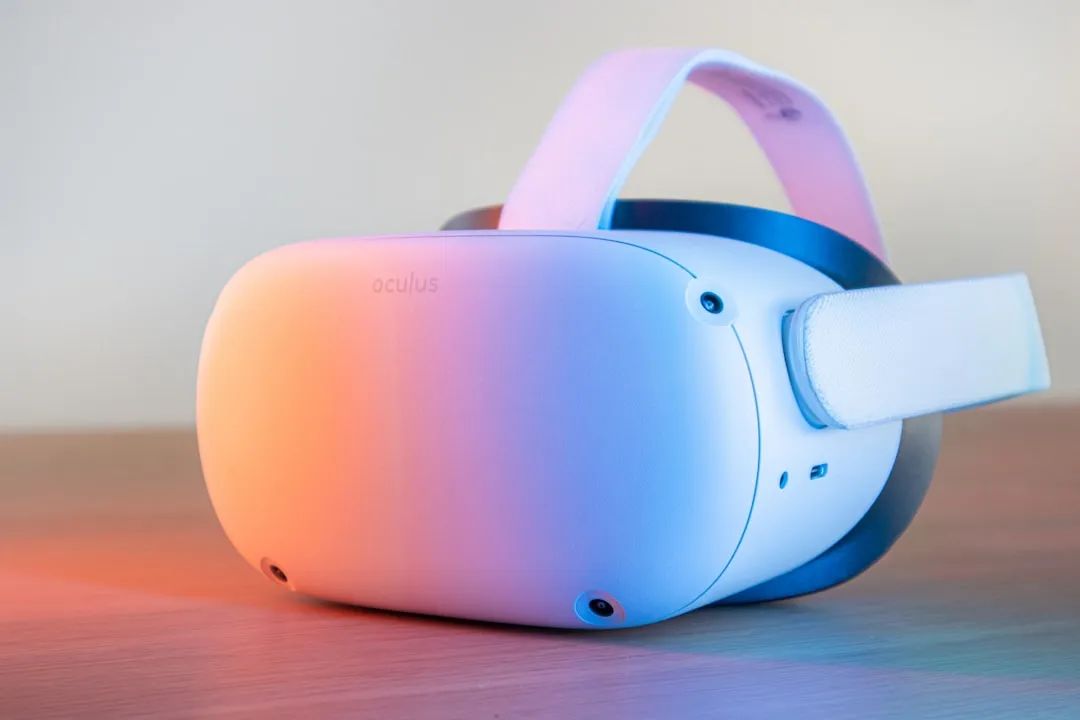
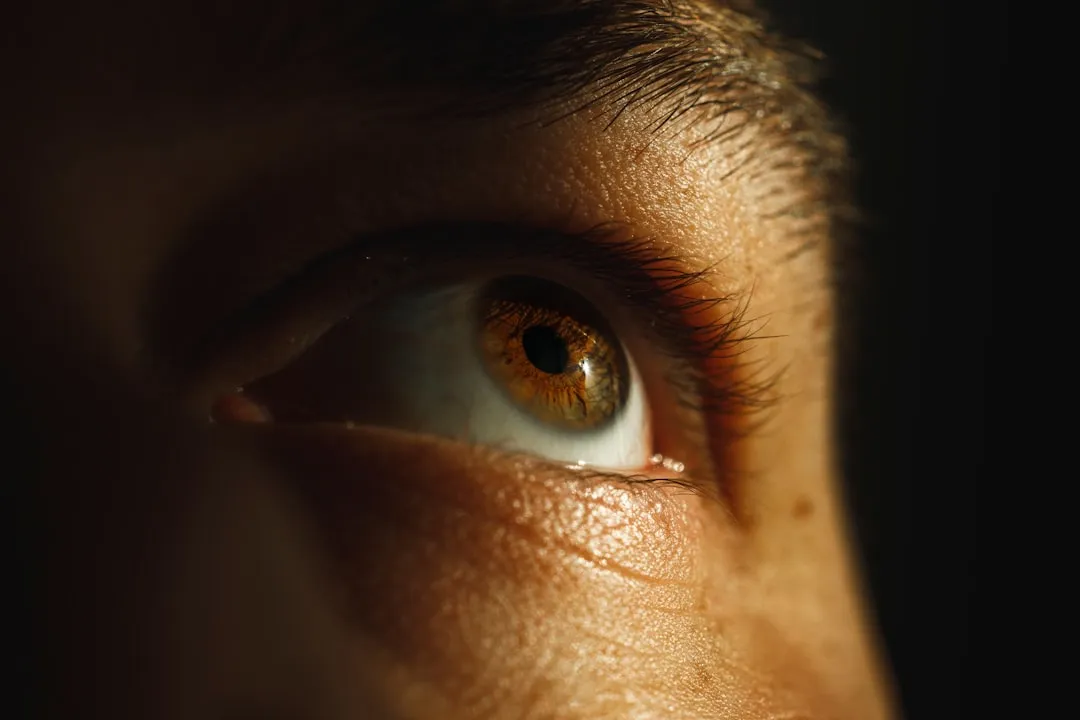

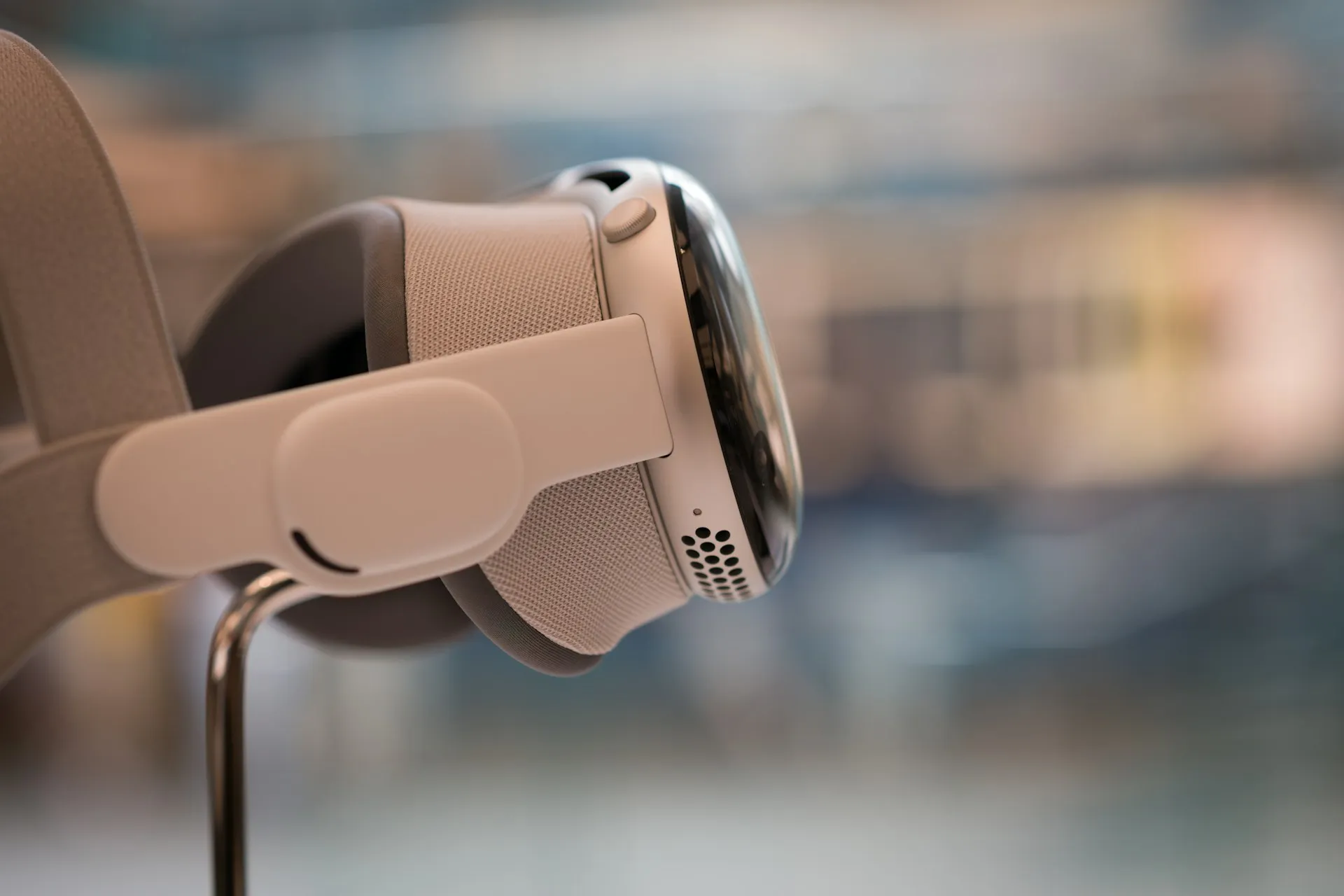
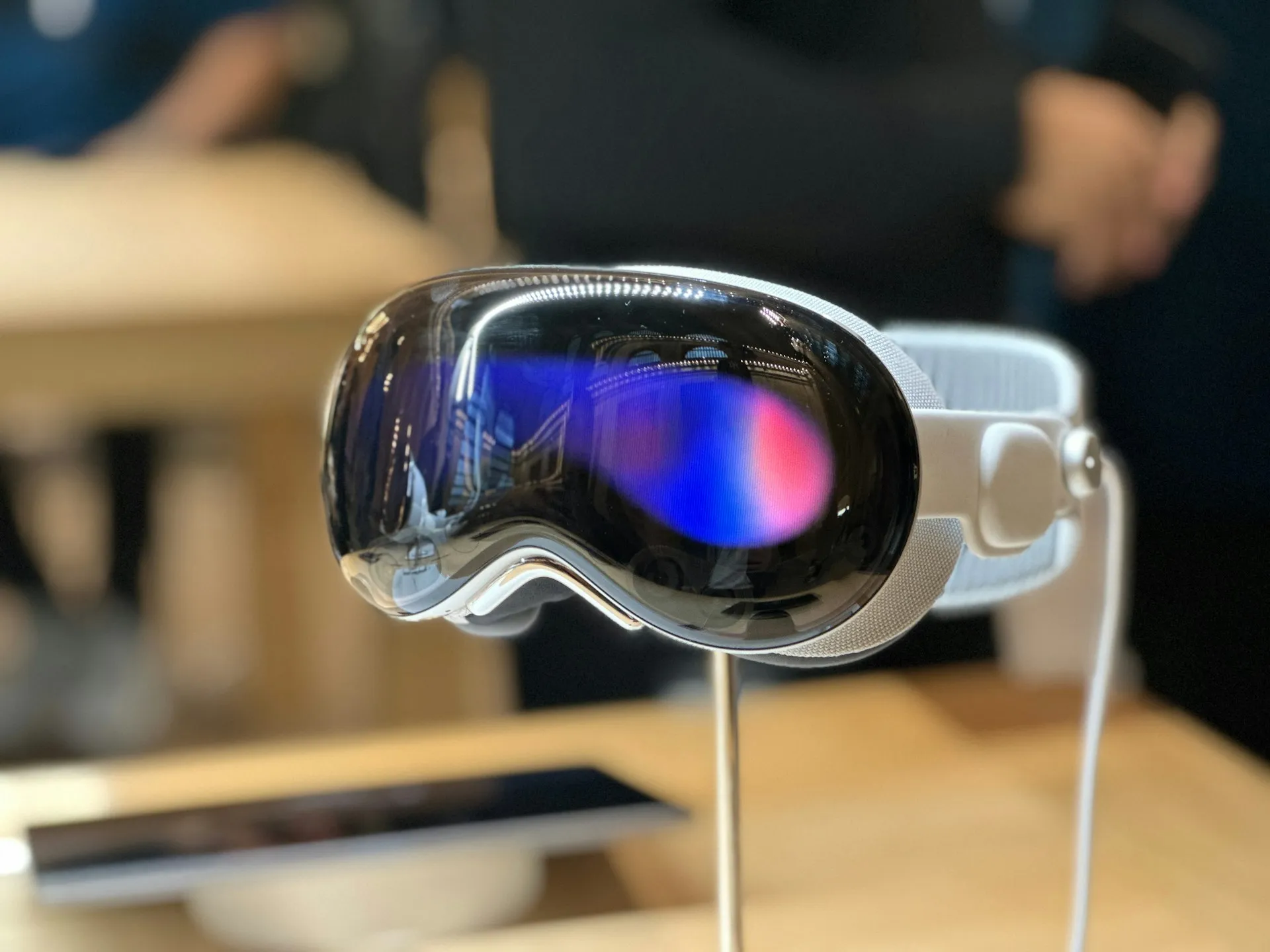
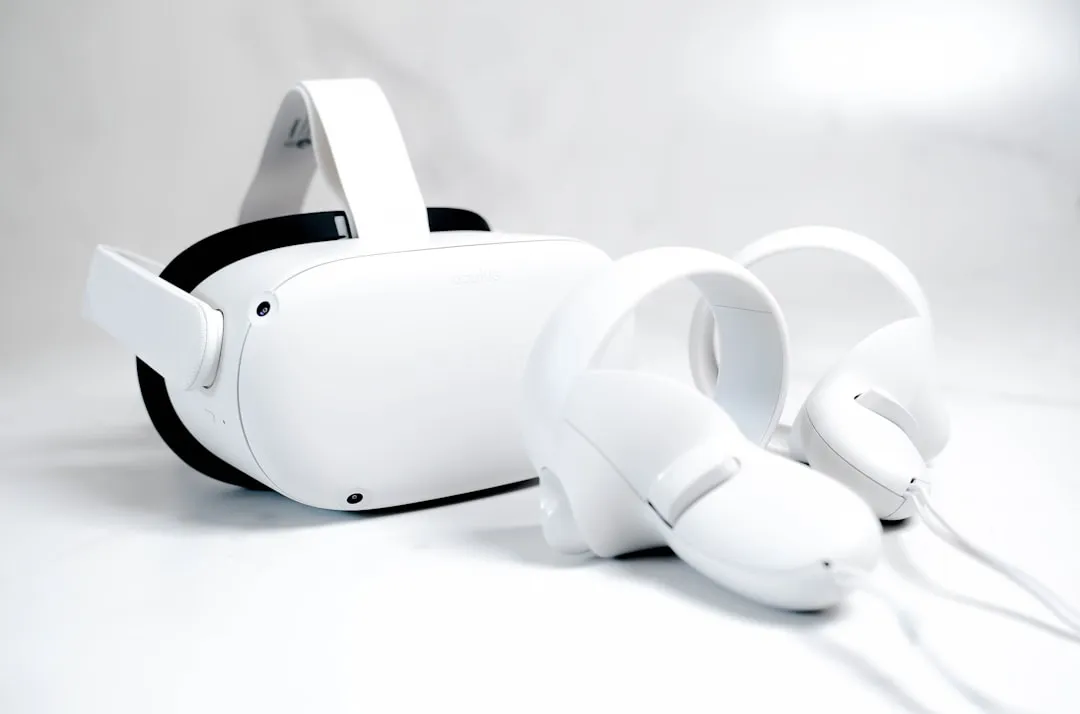
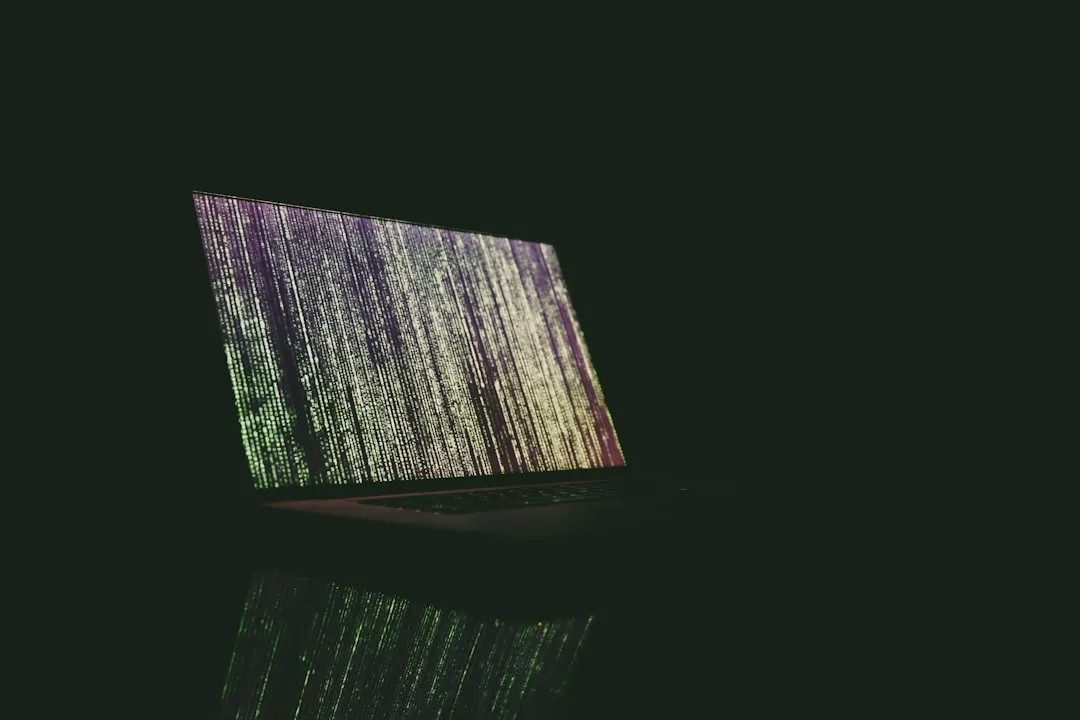
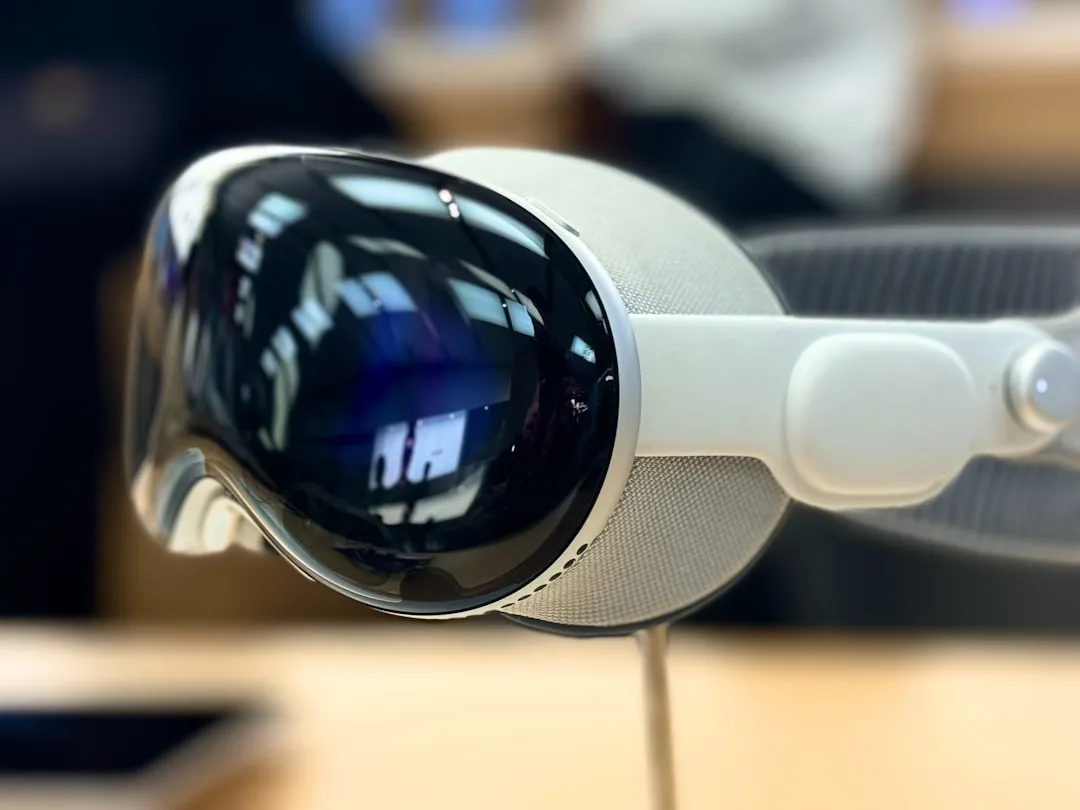
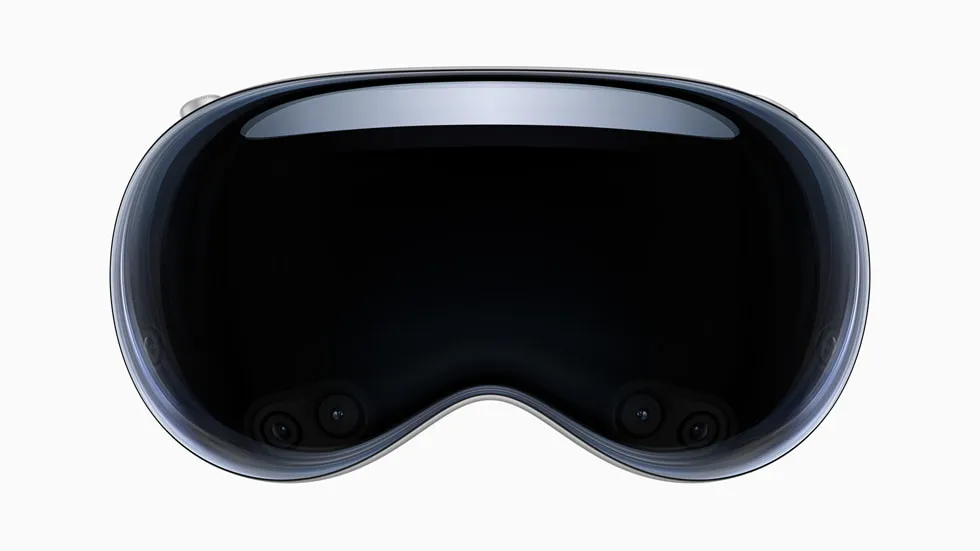
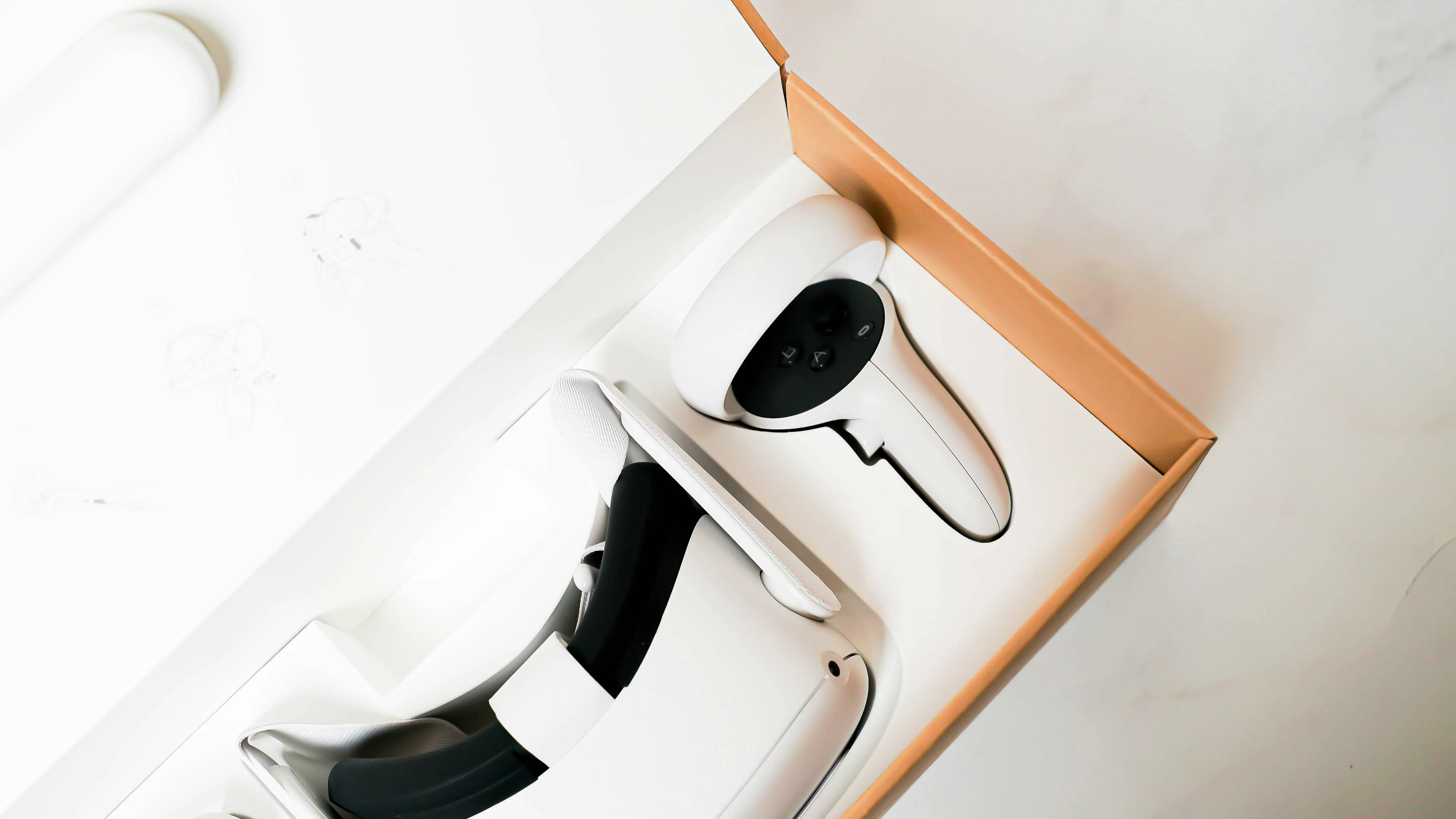
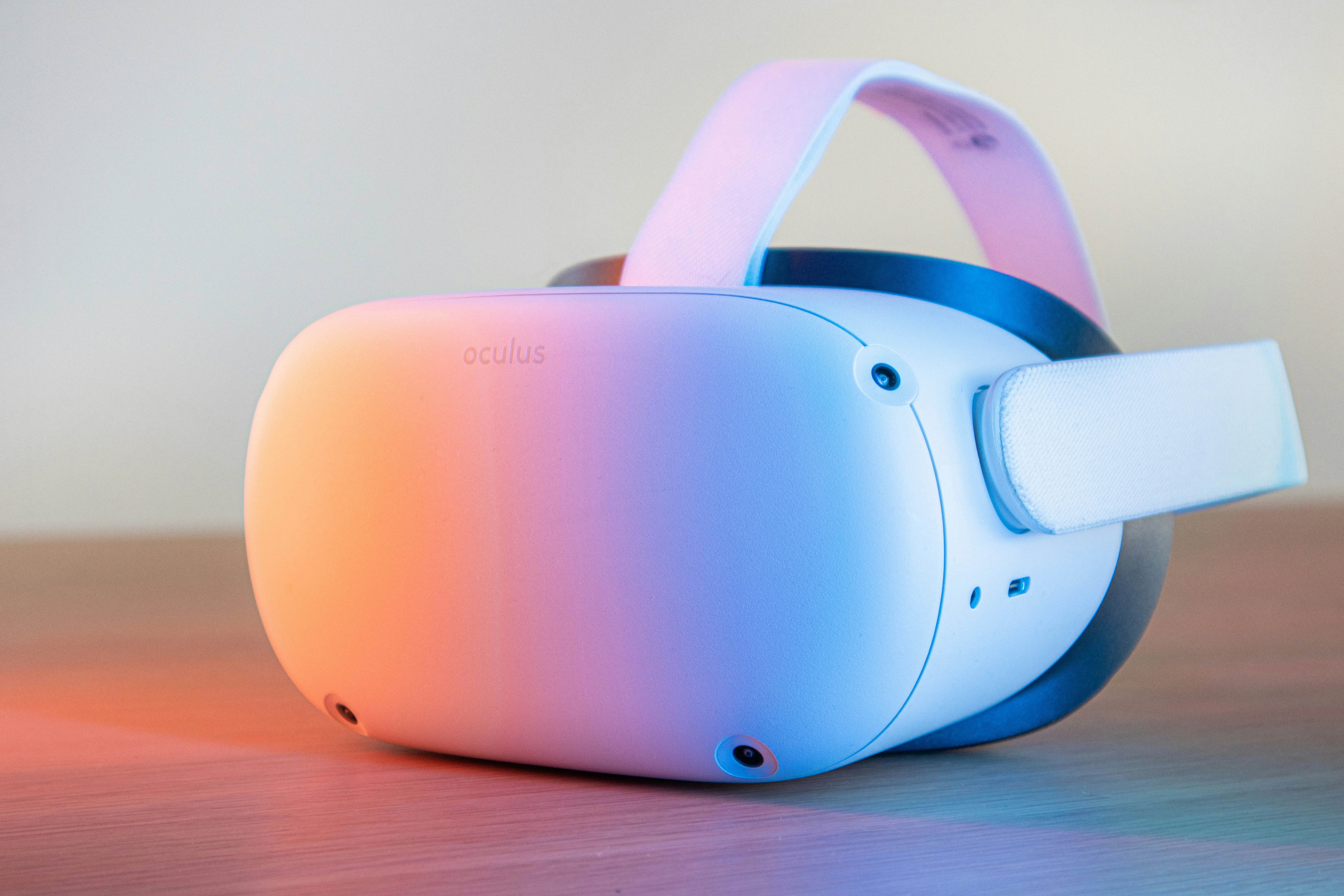









Comments
Be the first, drop a comment!